Have you ever felt exceedingly little while staring up at the night sky? You are not alone. Most of us have glanced up at the sky and thought, “What is out there?” Brace yourself: scientists now estimate that we can see over 2 trillion galaxies in the universe. Yes, you read that correctly. Two. trillion. galaxies. Let that sink in.
But wait! There’s more. These galaxies are not strewn haphazardly like glitter in the dark. Each one is its own little (or massive) universe, complete with billions, if not trillions, of stars, planets, black holes, gas clouds, and who knows what else.
So, settle comfortable, get a cup of tea or coffee, and learn 10 incredible, mind-blowing facts about the universe’s over 2 trillion galaxies. No jargon. No dull lectures. Just absolute cosmic wonder delivered in daily terms.
1. We Didn't Always Think There Were This Many Galaxies
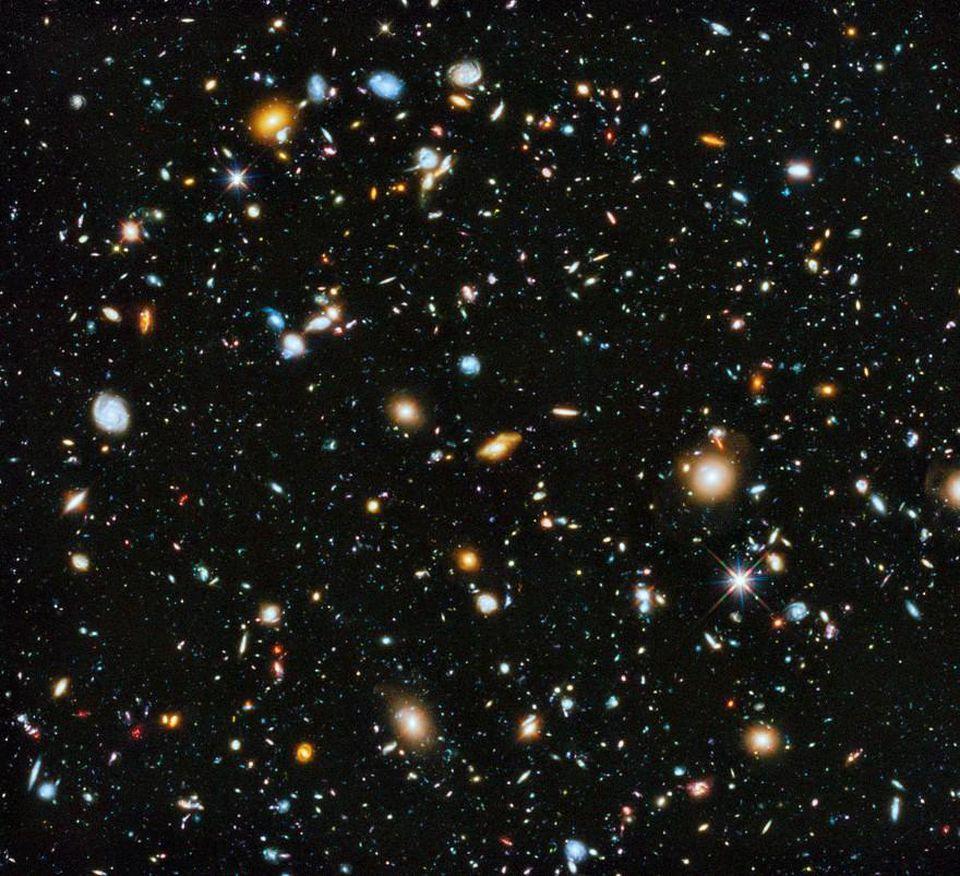
Let’s go back to the 1990s, a time of dial-up internet and baggy pants. Scientists at the time estimated that the observable universe had between 100 and 200 billion galaxies. Even it was astounding.
Then came the Hubble Space Telescope, our enormous eye in the sky, which transformed everything. It began collecting deep field photographs, which are essentially super-long-exposure photos of small sections of sky. Surprisingly, what appeared to be empty blackness was densely filled with galaxies.
Fast forward to 2016, when a team of astronomers evaluated the deep-field data and estimated that the true number was closer to 2 trillion galaxies. That’s ten times more than we expected. Talk about underestimating the universe!
2. Each Galaxy Is Like a City in the Cosmic Landscape

Imagine a galaxy as a cosmic city. Our galaxy, the Milky Way, is merely one among 2 trillion — it contains between 100 and 400 billion stars. Imagine that. Now, multiply that by 2 trillion.
To put this into perspective, if every star were a person, each galaxy would be equivalent to a big city, and the universe? A country populated by 2 trillion of these cities. That’s a serious population density, even for the universe.( Reasons Cleopatra lived closer to the iPhone than the pyramids)
3. We Can Only See a Small Fraction of the Universe
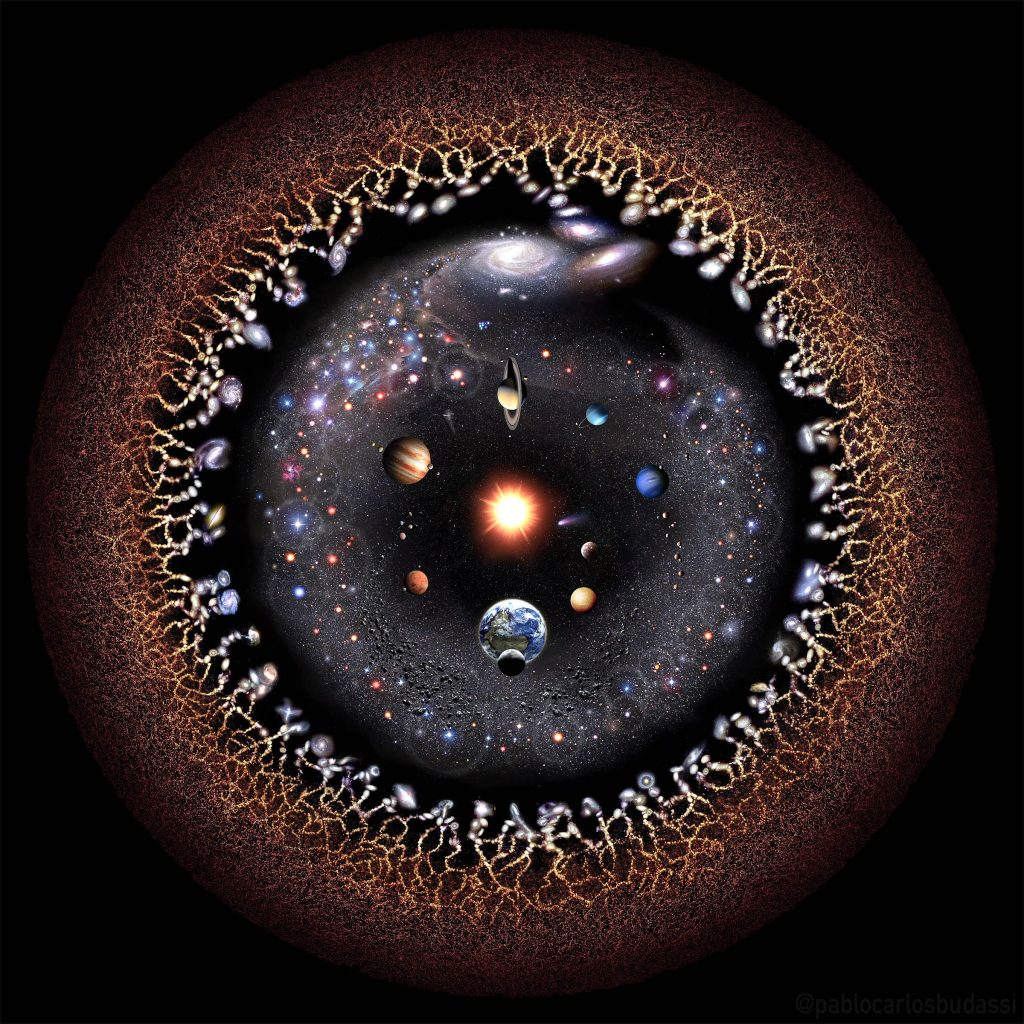
Here’s the twist: even though we can “see” over 2 trillion galaxies, that’s only within the observable universe — the part of the cosmos from which light has had time to reach us since the Big Bang.
There could be a lot more galaxies beyond our perspective. Imagine living in a foggy valley and attempting to determine how many cities are beyond the hills. You can only count what’s visible; the rest is a mystery. That is similar to how the universe functions.(2 trillion galaxies in the universe)
4. Light from the Farthest Galaxies Takes Billions of Years to Reach Us
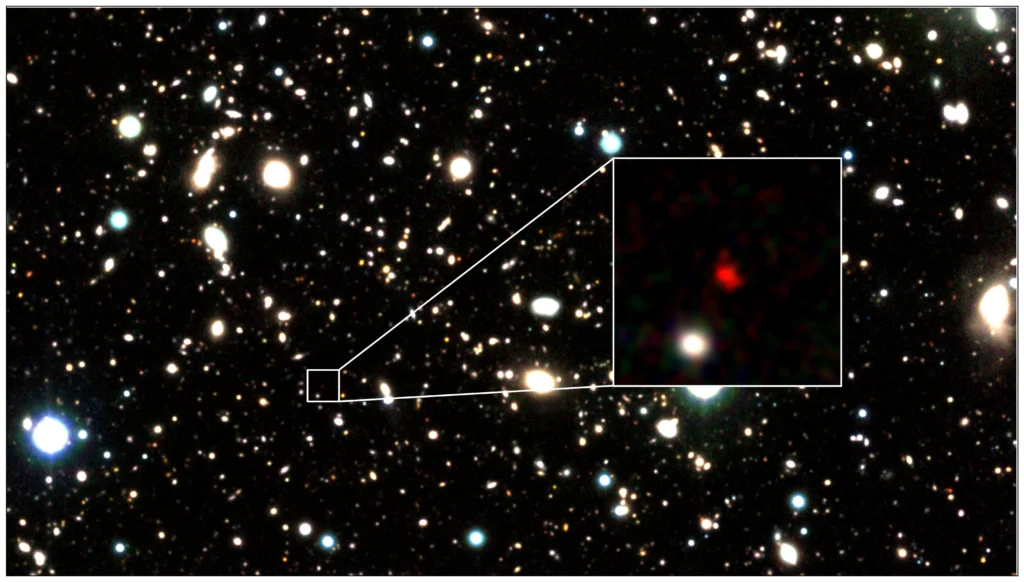
One of the most fascinating aspects? When we look at these galaxies, we see them not as they are now, but as they were billions of years ago.
Let’s imagine a galaxy is 10 billion light years away. That means the light we see today left the galaxy 10 billion years ago, before Earth formed. Looking into space is strangely similar to looking back in time. It’s the universe’s equivalent of a time machine.
5. You Can See Galaxies with Your Naked Eye — Really!
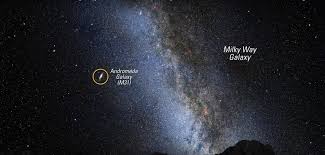
Before you believe that galaxies can only be seen with sophisticated space telescopes, consider this amusing fact: a few galaxies can be seen without any equipment. The most famous is the Andromeda Galaxy, which is only 2.5 million light-years away.
On a clear, dark night far from city lights, Andromeda appears as a dim, hazy smudge in the sky. Nothing showy, but hey, you’re seeing at another galaxy with your eyes. That is absolutely fantastic.( Facts about how your Brain is more active when you’re Asleep)
6. Some Galaxies Are Bigger Than You Can Imagine
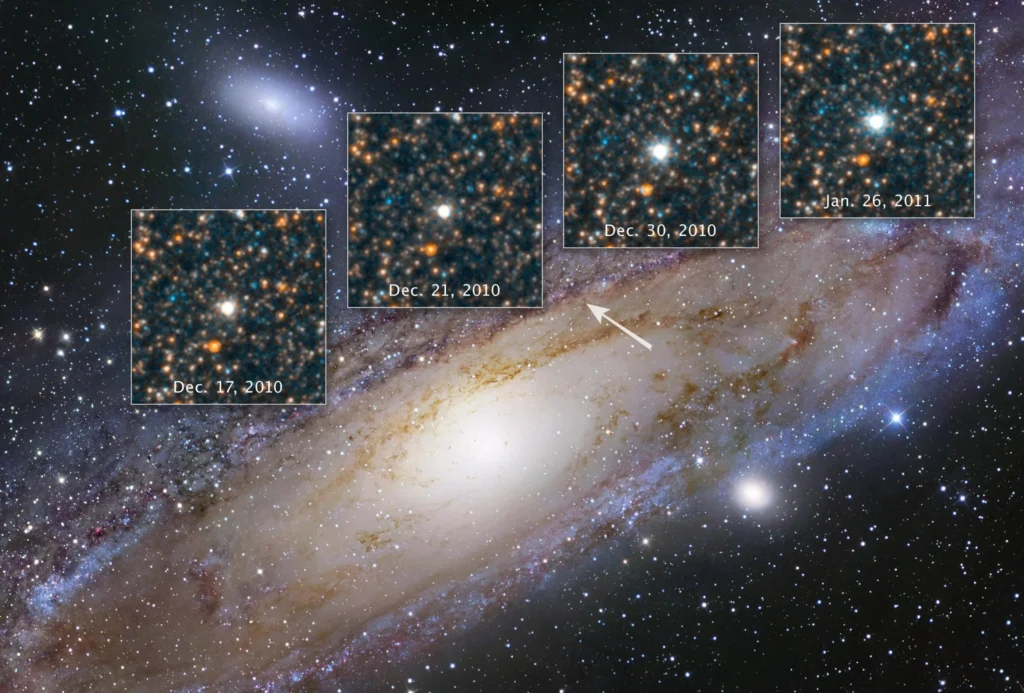
The largest known galaxy, IC 1101, is approximately 6 million light-years wide. To put it in perspective, if the Milky Way were the size of your palm, IC 1101 would be the size of a car tire. It’s truly monstrous—and yes, it exists among those 2 trillion.
And the craziest part? There are probably larger galaxies that we haven’t discovered yet. It’s like exploring a forest and discovering that every time you turn around, there’s a new kind of enormous animal you didn’t know existed.
7. Galaxies Collide More Often Than You’d Think
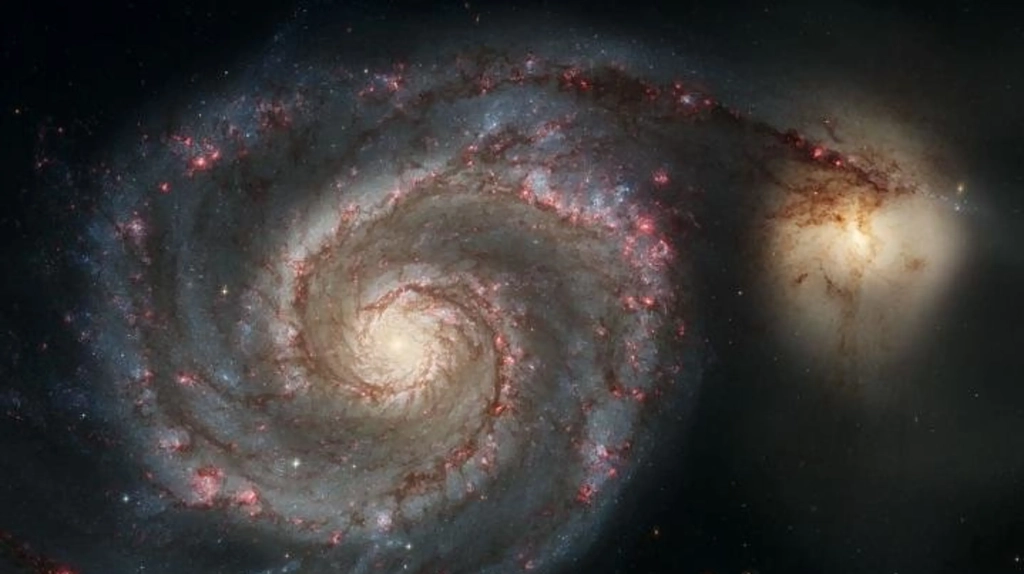
You’d think that with all that space, galaxies would mind their own business—but nope. Galaxies collide, combine, and even eat one another.
In fact, the Milky Way is on a collision track with the Andromeda galaxy. But don’t worry—it won’t happen tomorrow. The big smash-up is expected to occur in roughly 4.5 billion years, so you still have time to finish your Netflix queue.
However, these collisions are not the same as car crashes. Stars are so far apart that they rarely collide. Instead, it’s like two fog clouds slowly traveling through each other before merging into a new, larger galaxy.
8. Galaxies Come in All Shapes and Sizes
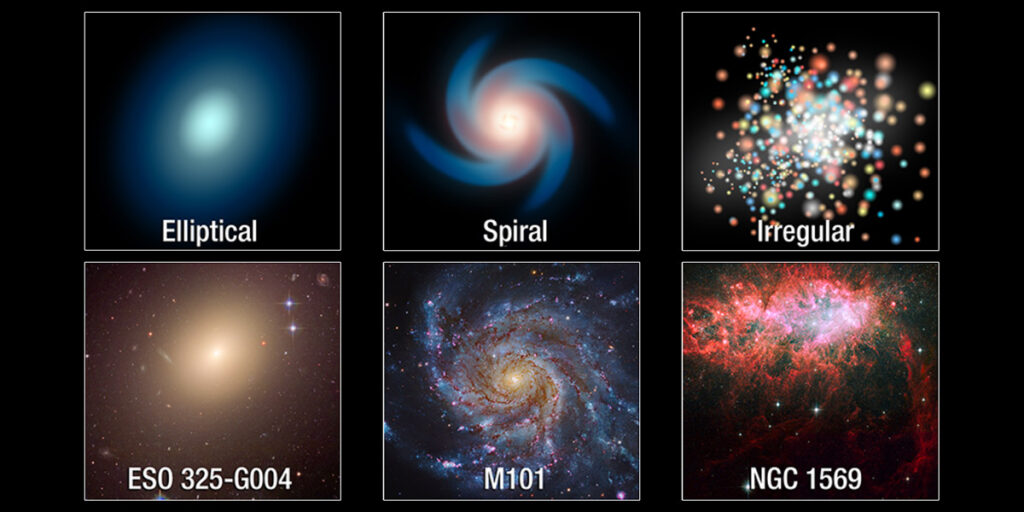
Galaxies are not one-size-fits-all. There are spiral galaxies (such as our Milky Way), elliptical galaxies, and irregular galaxies that resemble someone sneezing in space.
Some are well ordered, while others resemble cosmic chaos. Individuals vary in their level of organization, messiness, and uniqueness.
Each of these 2 trillion galaxies has a unique personality, formation narrative, and most likely its own drama.(2 trillion galaxies in the universe)
9. We’re Just Starting to Understand Dark Matter and Dark Energy
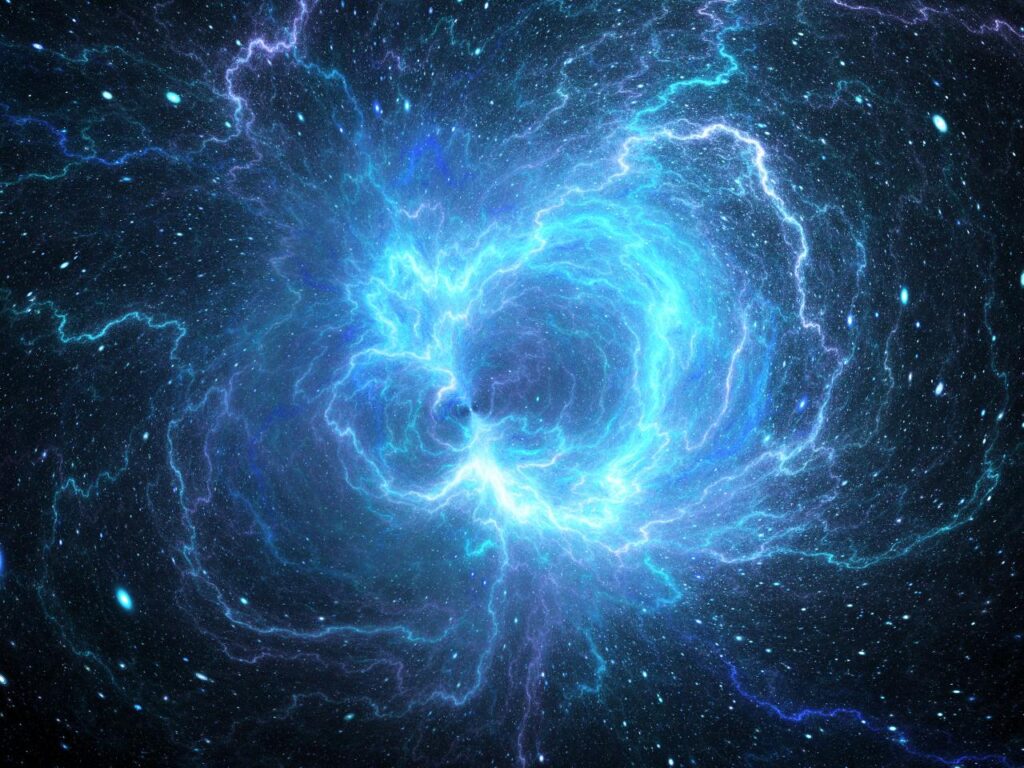
Out of everything in the universe, including galaxies, stars, planets, and gas, just 5% is actually there. The rest is made up of dark matter and dark energy, two invisible and enigmatic entities that we still don’t fully understand.
But here’s the kicker: galaxies wouldn’t even exist without dark matter. It’s like cosmic glue. What about dark energy? That is why the cosmos is expanding at an accelerating rate.( 2 trillion galaxies in the universe)
So those 2 trillion galaxies are like visible sprinkles on a vast cosmic cake, and we’ve only scratched the surface.
10. You Are Made of Star Stuff — Literally
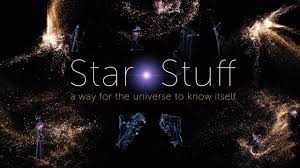
Let’s bring it home. The components in your body—carbon, oxygen, and iron—were formed in the hearts of stars within galaxies. When those stars exploded as supernovas, they disseminated the building blocks of life throughout space.
So when we talk about 2 trillion galaxies, we aren’t just referring to faraway, beautiful lights in the sky. We’re discussing your origins. You, I, and the cat napping on the couch are all children of the stars.
And that, my buddy, is arguably the most beautiful thing in the universe.
